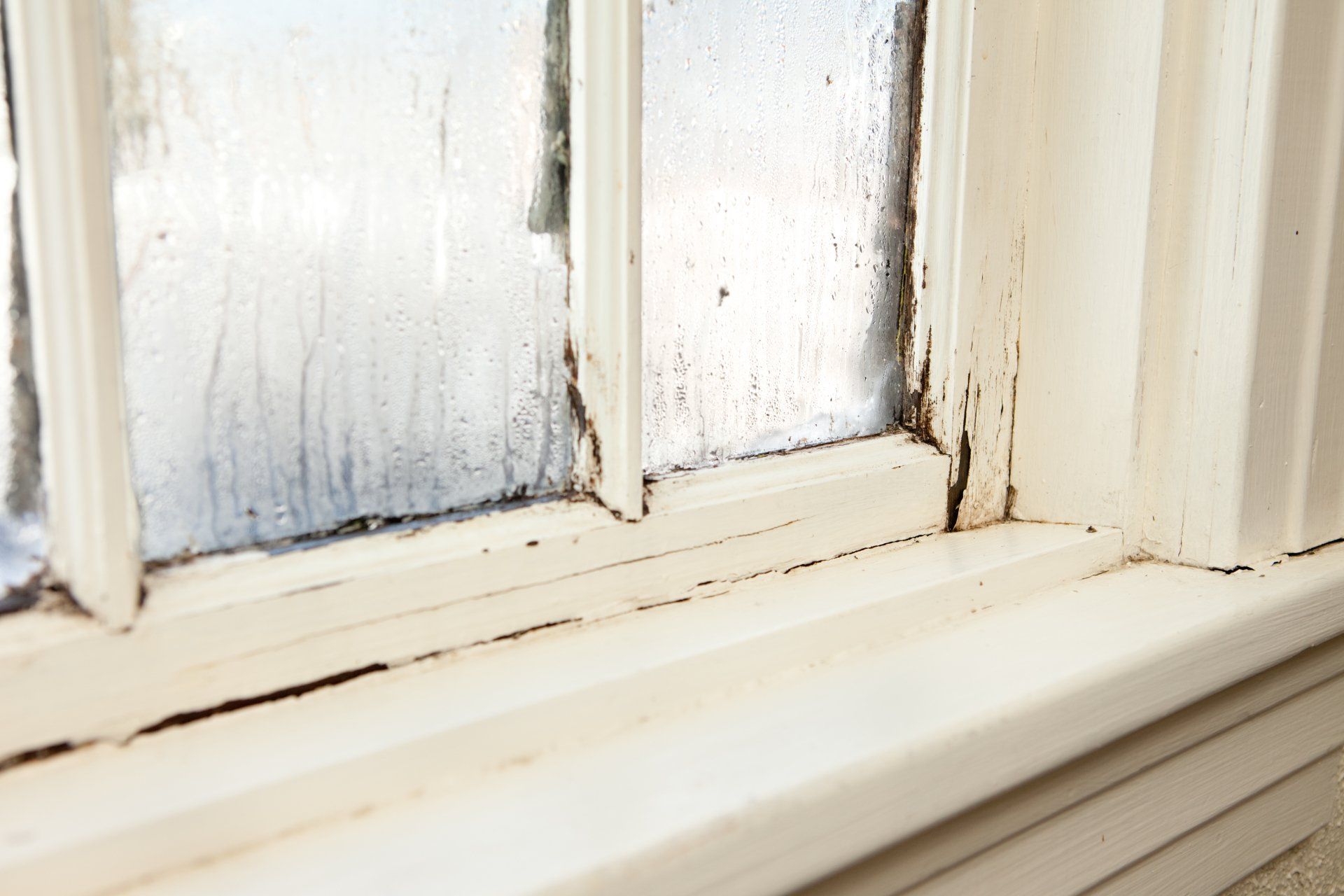Mold Inspection and Testing in Edgewood & Abingdon, MD
Schedule the Appointment - 410-826-5978
Molds are fungi; Tiny particles of mold are present in the indoor and outdoor air that we breathe. Under the right conditions, mold spores can multiply towards dangerous levels and thrive. To create a proper environment to grow, mold most importantly needs MOISTURE. Our inspectors will do a full visual inspection of the property. This includes areas of concern and the general regions that typically have mold growth.
Types of samples:
Air Quality Sample – This is collected via an air pump and spore trap. Our traps typically collect 75 Cubic Liters of air and identify any mold spores present in the air. All homes have some levels of mold in the air, and these samples determine if the airborne levels in the client's home are expected or have elevated levels. We can collect these from any rooms/areas of concern and base them on an outside control sample.
Cavity Sample – This is collected with the same air pump but with a tube connected to the end of the spore trap to allow a sample to be collected from within walls. These are collected whenever a wall shows signs of visual damage or has high moisture content. These tell us whether elevated conditions exist behind inaccessible walls to determine if removal is necessary.
Surface Sample – Surface samples can be taken of any visual discoloration or growth that is observed. We can do this by using a swab or tape lift. These will identify the species of any observed growth. This often helps when determining the source of any airborne levels.
- After samples have been collected, they are then sent to a third-party laboratory for analysis. Turnaround time is typically 2-4 business days. Guaranteed next date results are available at an extra fee. Once the results have been reviewed, a complete protocol of any required work is then created if elevated conditions exist. This report tells you what samples were taken, what exact species and concentrations were found, and the next steps.
If elevated conditions are not found to exist, a general findings report is provided stating the collected samples and that elevated mold conditions were not found to exist.












